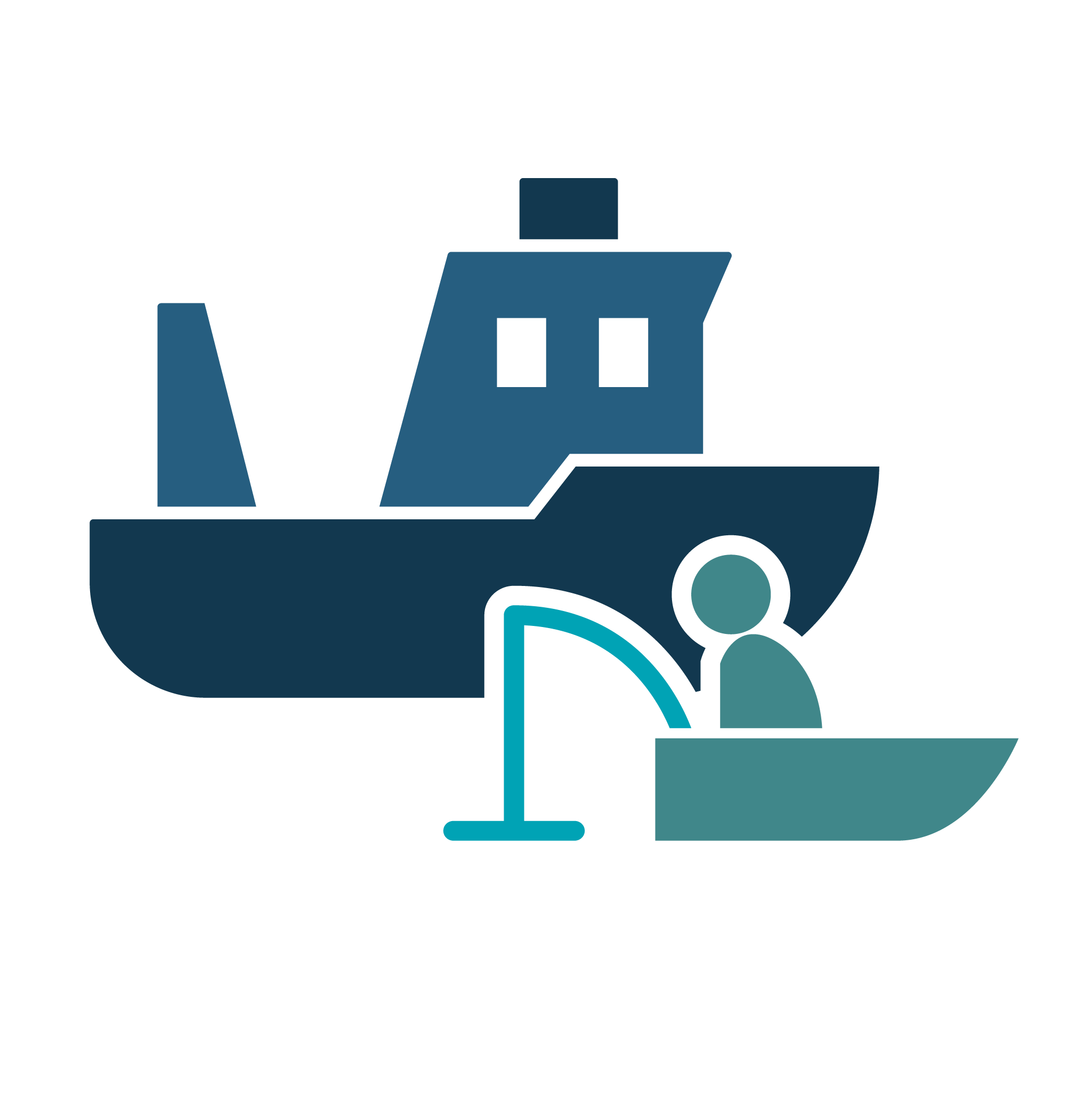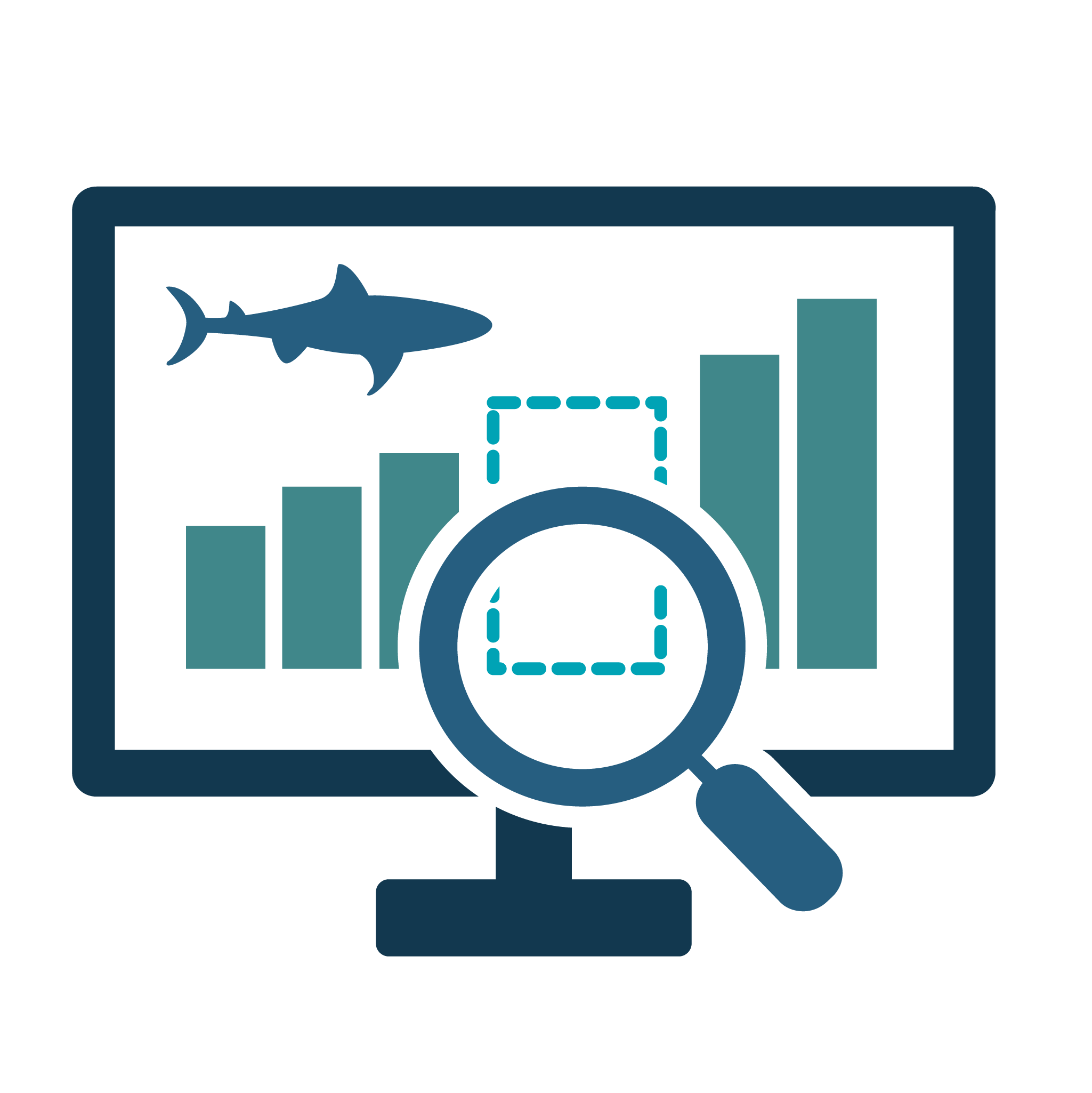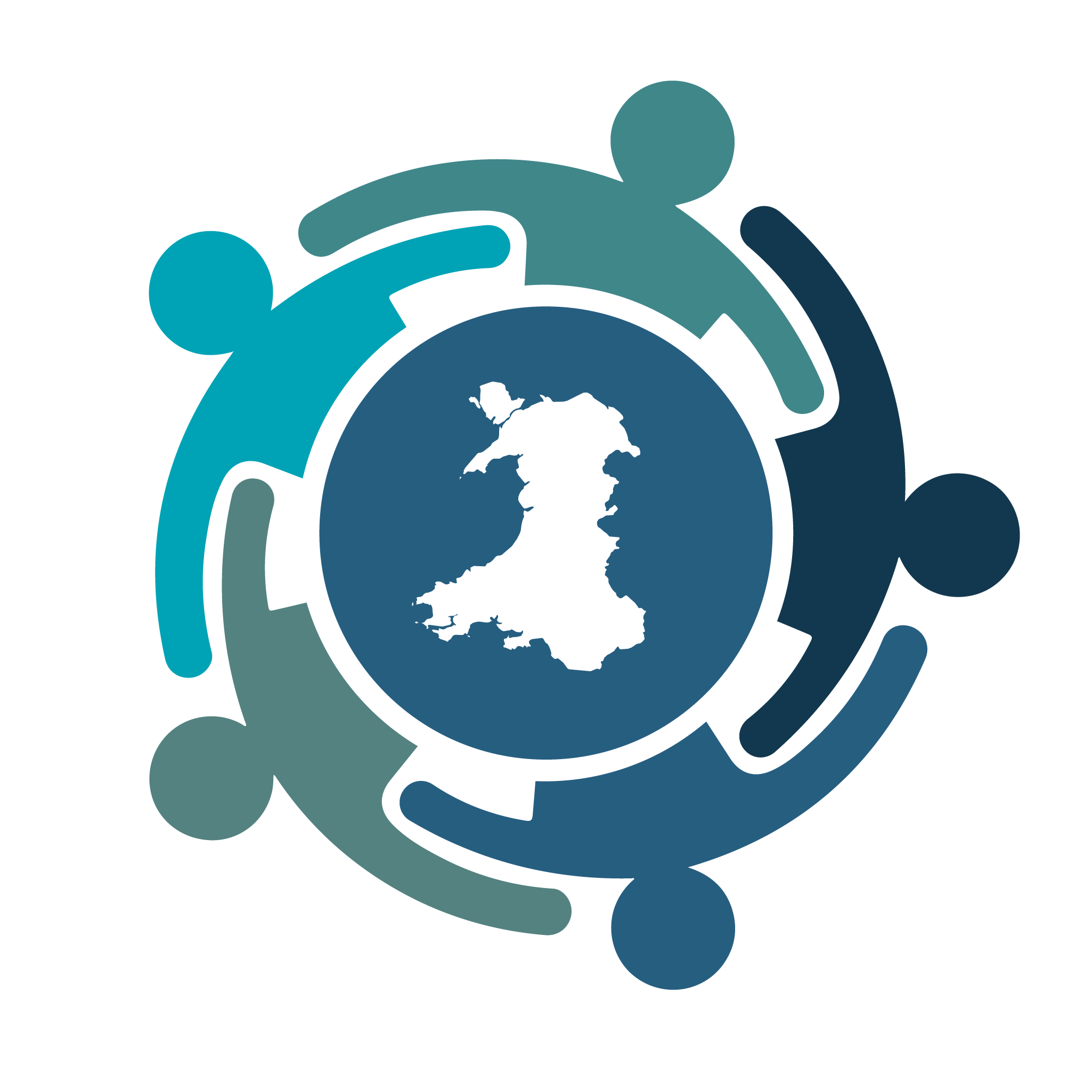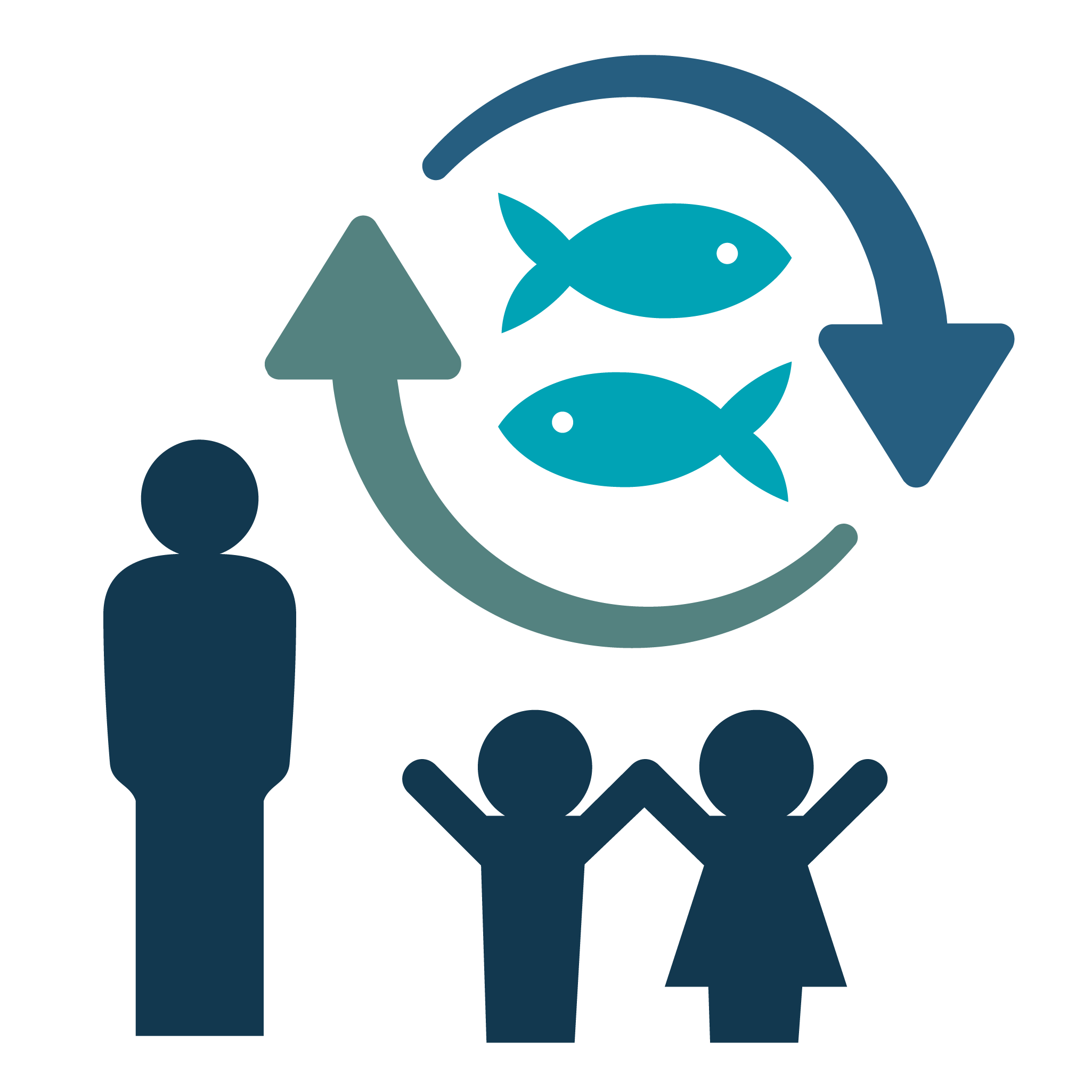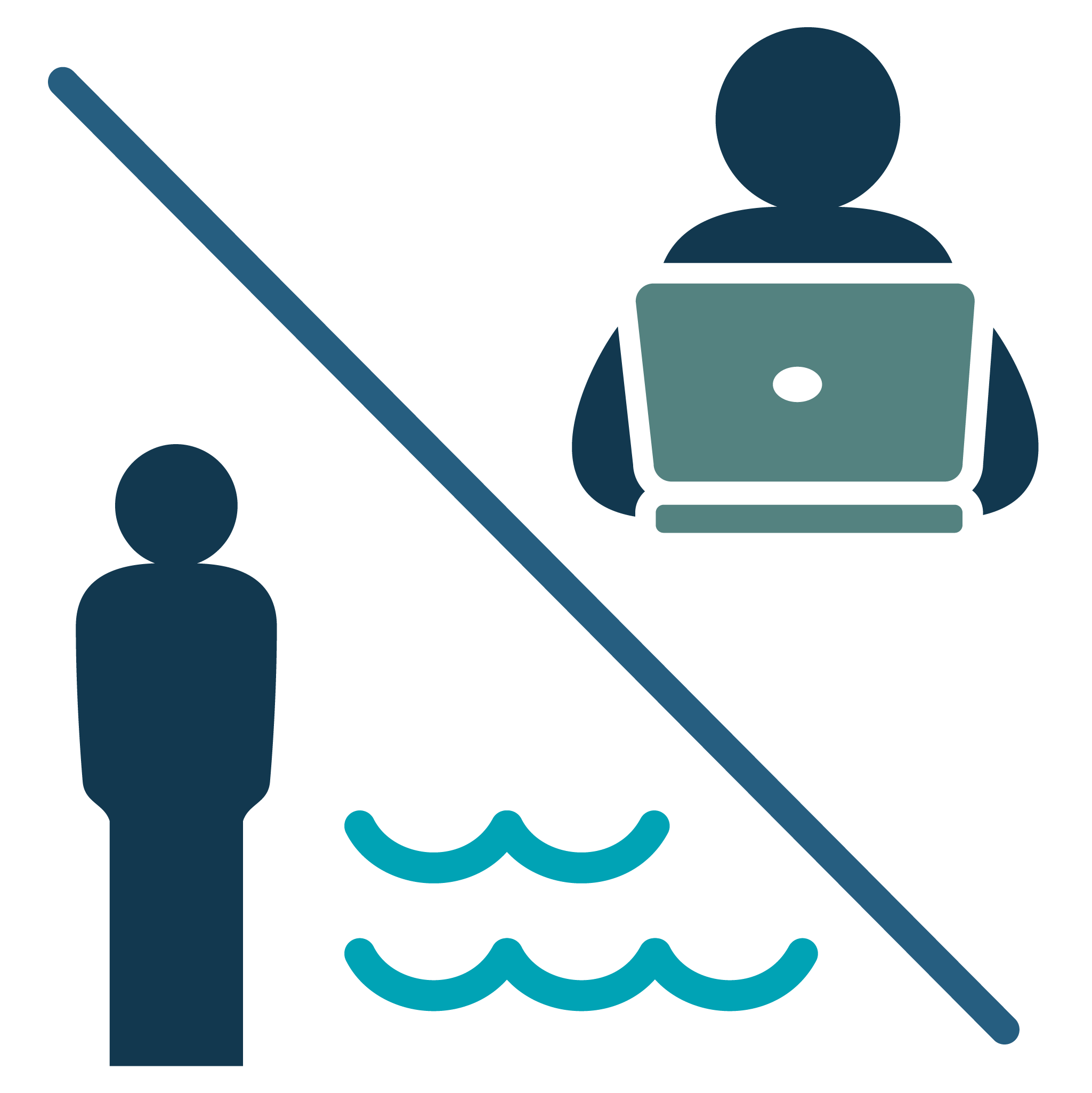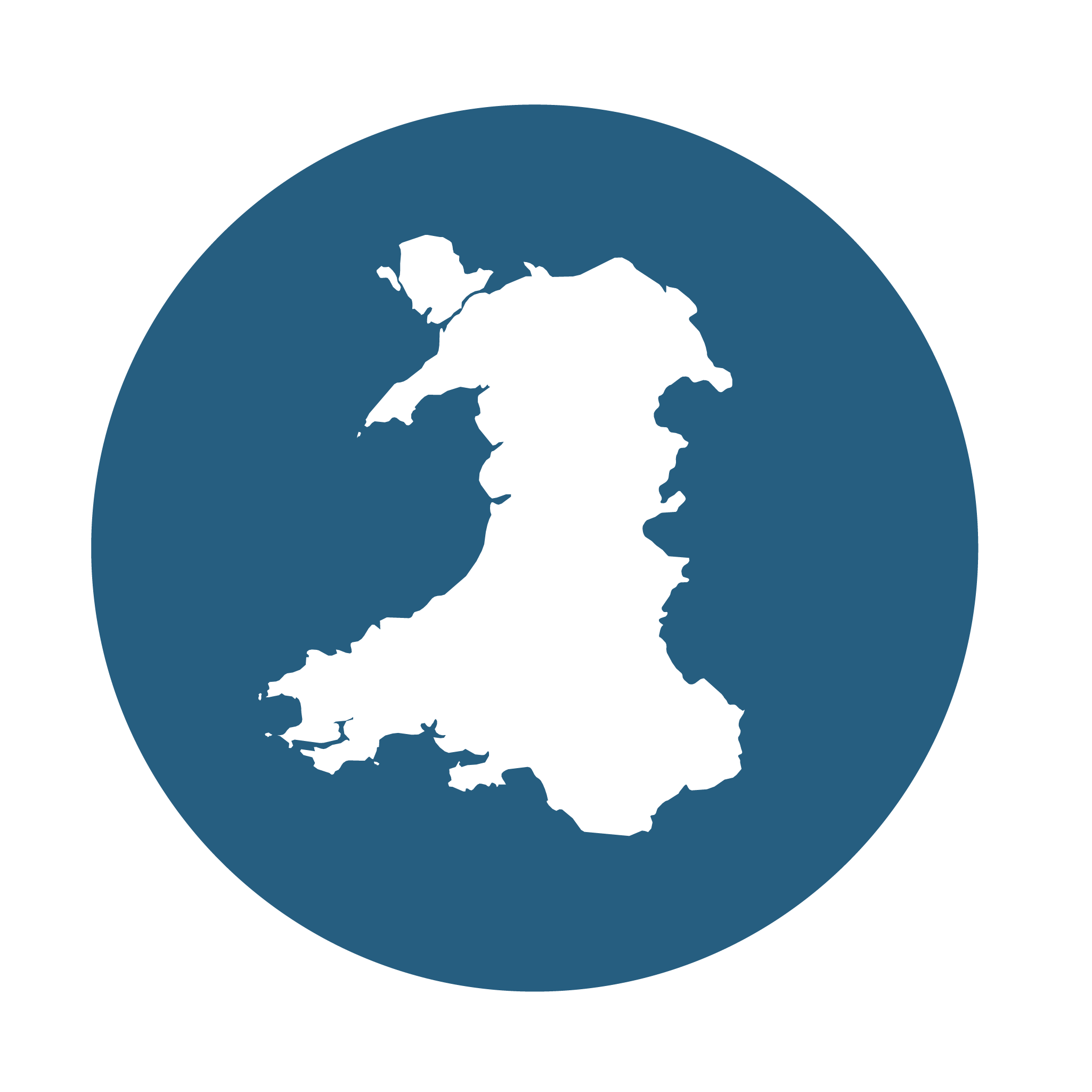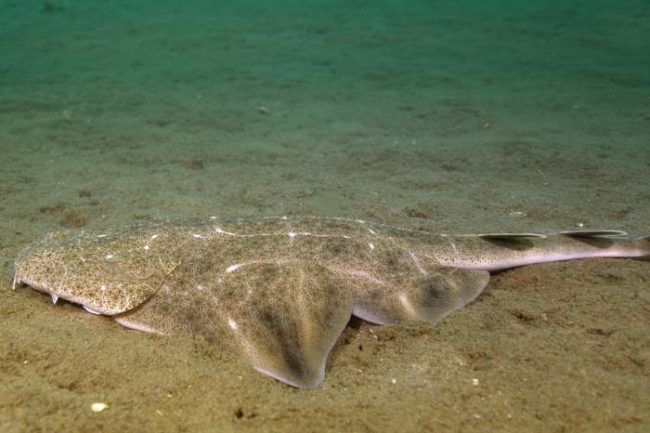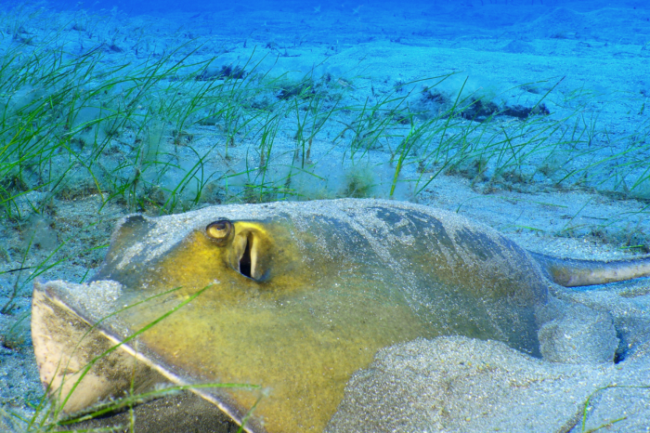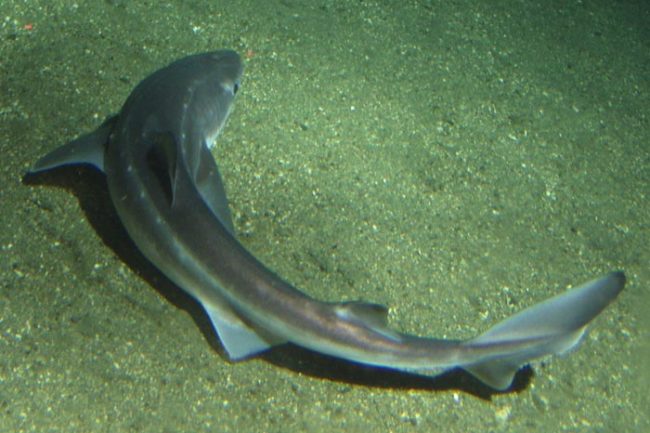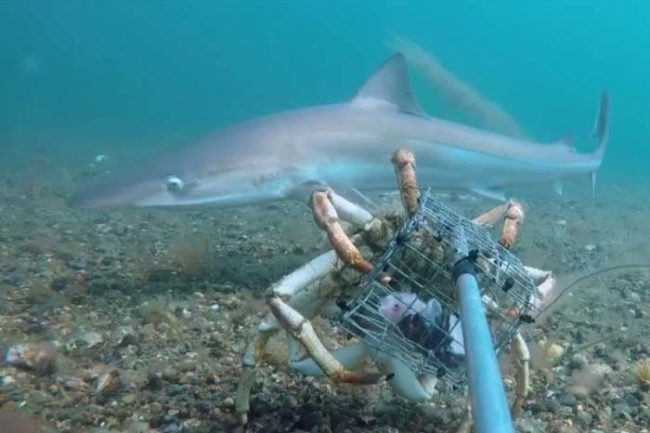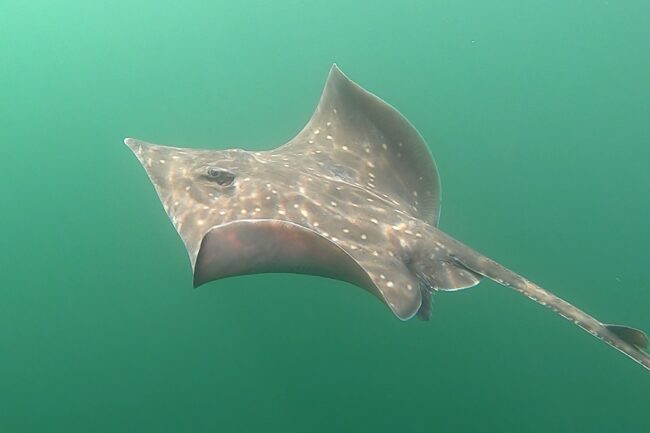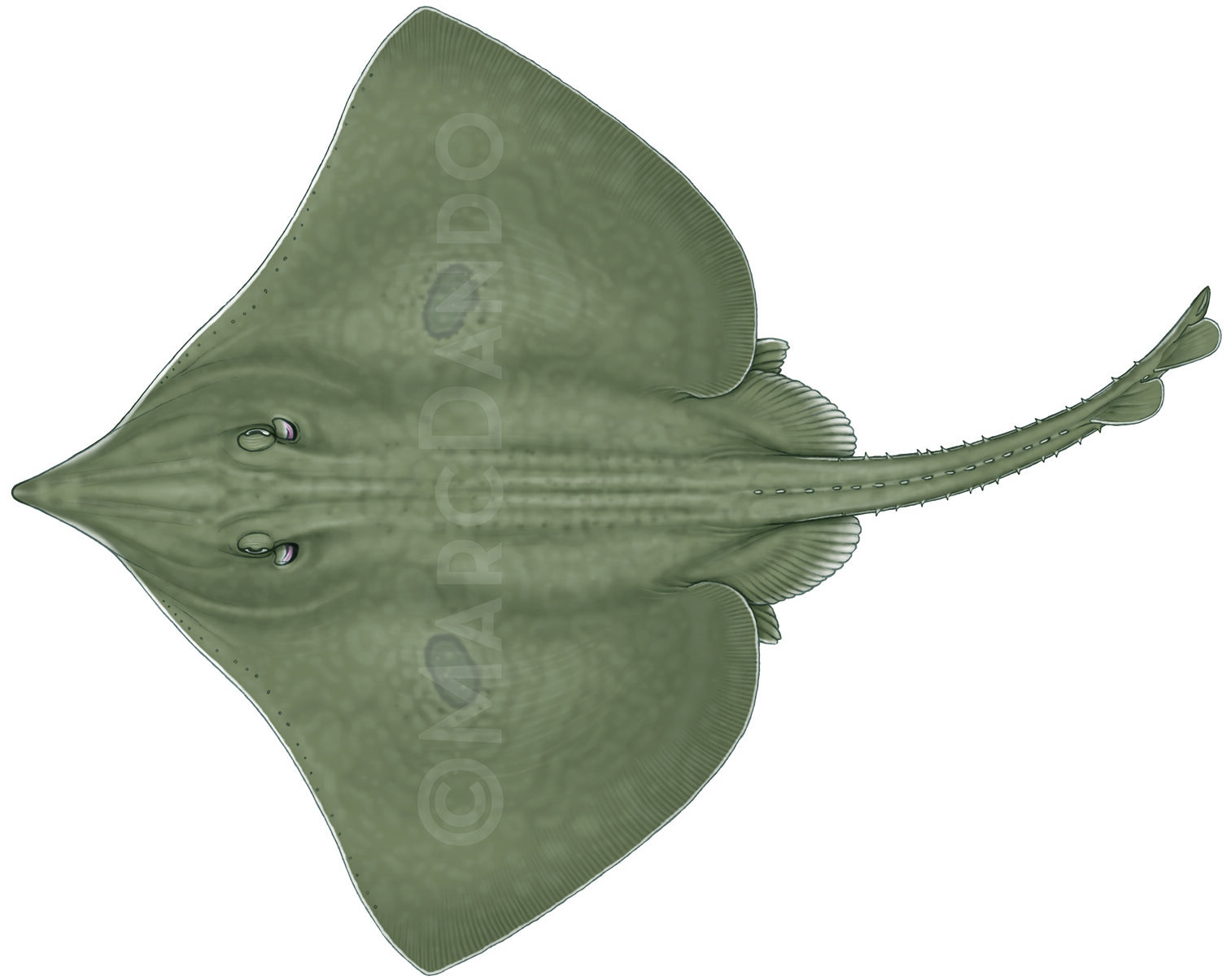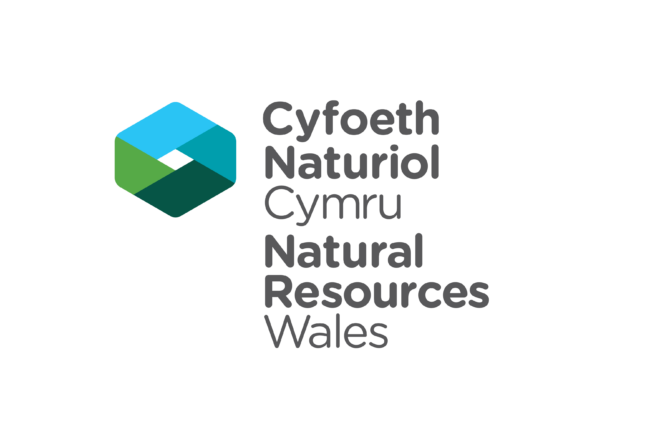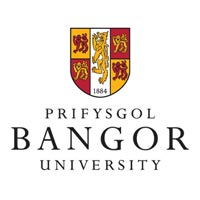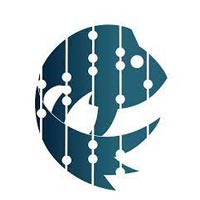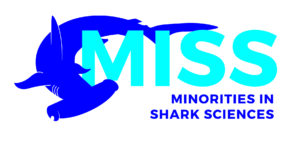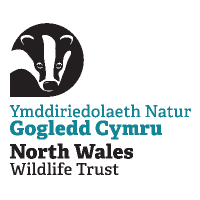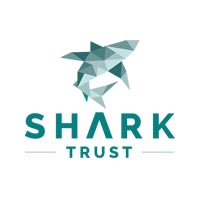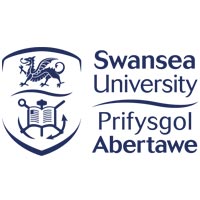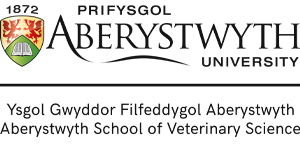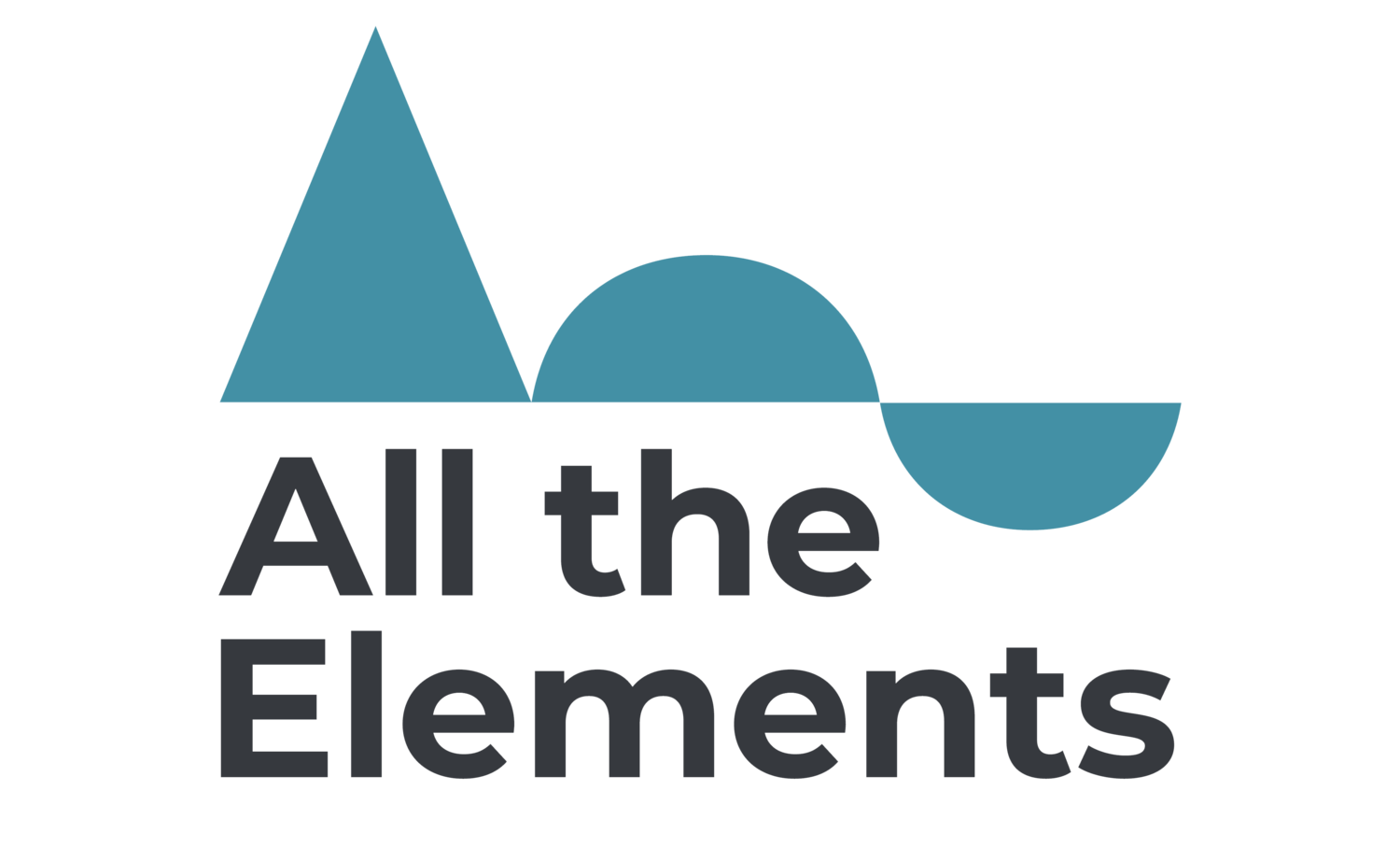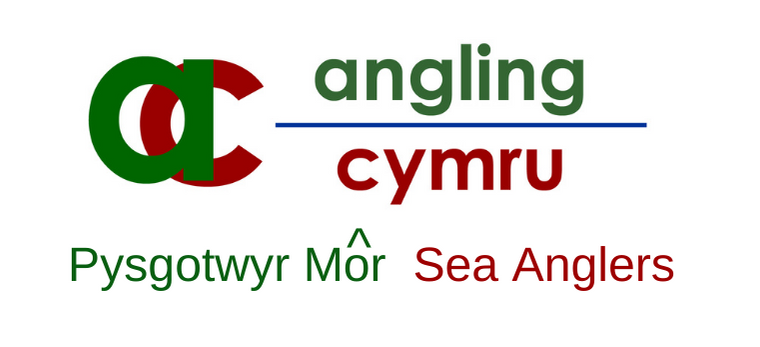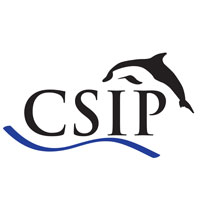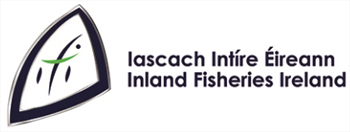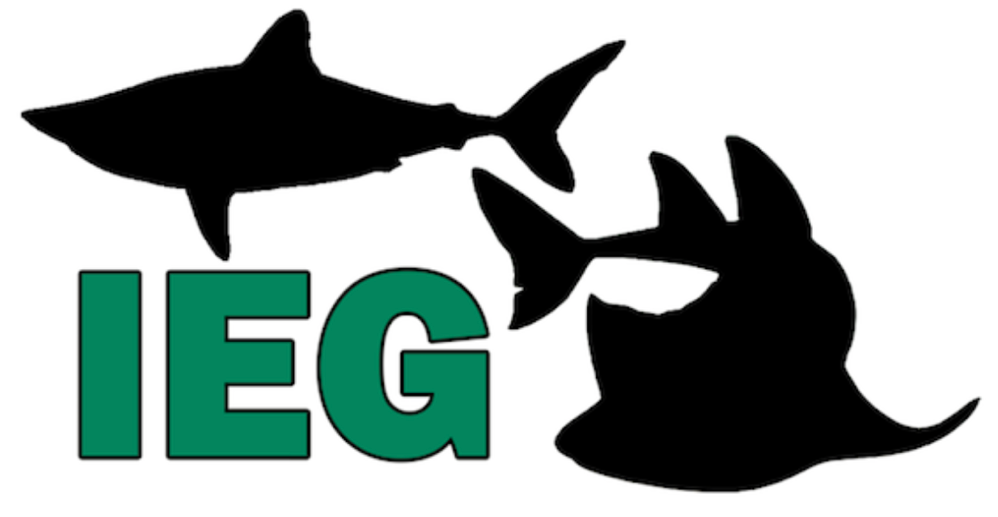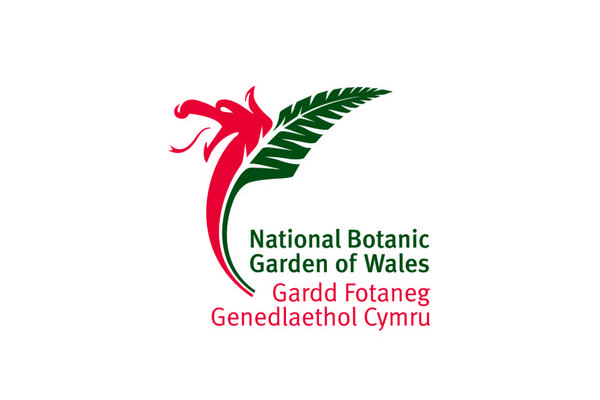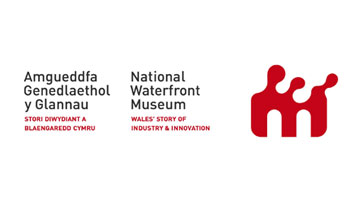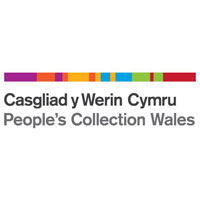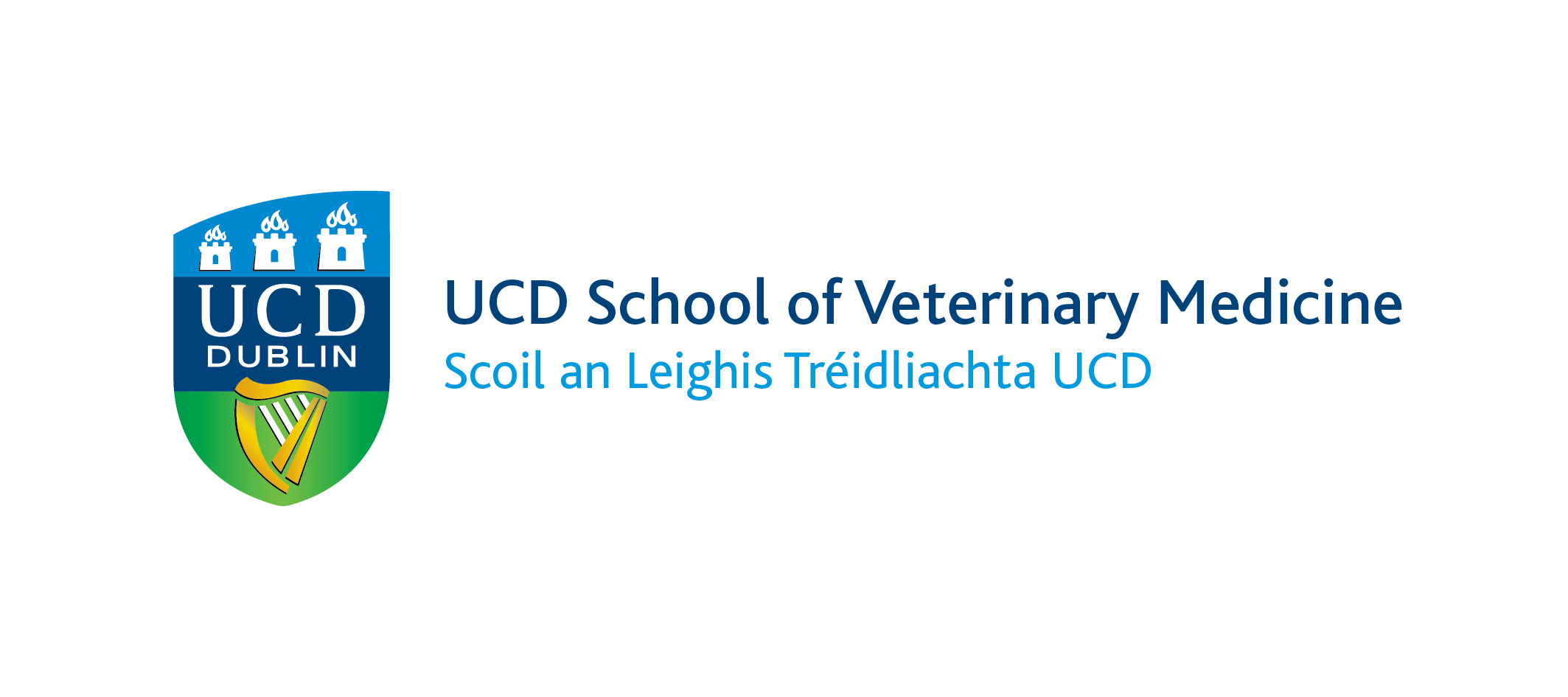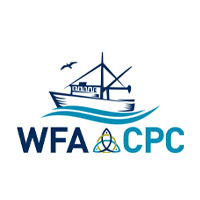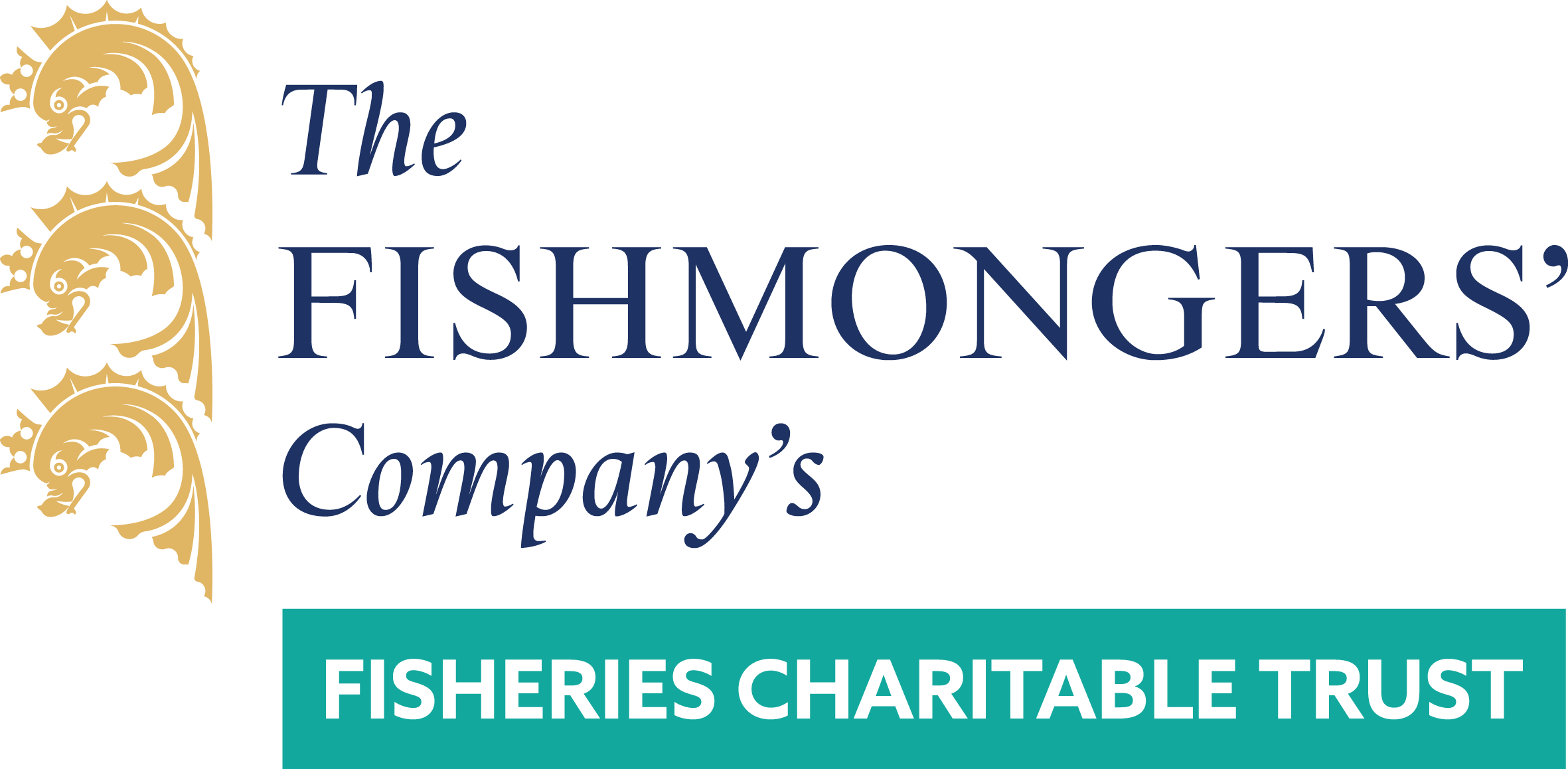What is Project SIARC?
The marine environment in Wales is teeming with life; beneath the often-murky waters are little understood species of shark, skate and ray (elasmobranchs) of conservation importance.
Project SIARC is catalysing links between fishers, researchers, communities and government to collaborate and safeguard elasmobranchs and support a green recovery in Wales.
Our objectives are:
Our focal species are:
Angelshark
- Other names in Wales: monkfish, fiddle fish, maelgi (welsh)
- Biology: Grows to 240 cm; gives birth to 7-25 pups
- Status: Critically Endangered on the IUCN Red List; part of one of the most threatened elasmobranch families
- Interesting fact: Angelsharks were once used by Romans to cover shields and sword handles as their skin is extremely tough
Common Stingray
- Other names in Wales: blue stingray, Morgath ddu (welsh)
- Biology: Grows to 140 cm; gives birth to 4 – 9 pups
- Status: Vulnerable on IUCN Red List
- Interesting fact: Historically, people in Wales believed stingray liver had medicinal benefits when boiled down
Spurdog
- Other names in Wales: spiny dogfish, rock salmon, Ci pigog (welsh)
- Biology: Grows to 125 cm; gives birth to 1 – 32 pups
- Status: Vulnerable on IUCN Red List
- Interesting fact: The species gets its name due to a small venomous spine that is found at the base of its dorsal fin which is used for protection
Tope
- Other names in Wales: school shark, snapper shark, Ci glas (welsh)
- Biology: Grows to 195 cm; gives birth to 6 – 52 pups
- Status: Critically Endangered on IUCN Red List
- Interesting fact: Tope tend to move round in schools, which can be segregated by size and sex
Flapper Skate
- Other names in Wales: Common skate, Morgath drwynfain (welsh)
- Biology: Grows to 285cm total length; eggcases laid in spring/summer
- Status: Critically Endangered on IUCN Red List
- Interesting fact: The Flapper skate is the largest skate in Europe, with a wingspan of up to 2 metres!
Blue Skate
- Other names in Wales: Common skate, Morgath las (welsh)
- Biology: Grows to 150cm total length; eggcases laid in spring/summer
- Status: Critically Endangered on IUCN Red List
- Interesting fact: The Blue Skate is actually brown in colour, and has a more southerly range than the Flapper skate
Who’s involved?
Project SIARC is a multidisciplinary project, combining both social and biological sciences. It is led by Zoological Society of London (ZSL) and Natural Resources Wales (NRW) is completed in partnership with six delivery partners and 13 collaborative partners.
We work with coastal communities around Wales, including commercial and recreational fishers, citizen scientist volunteers, primary schools, and researchers. If you’d like to get involved, find out more at our ‘Get Involved’ page.
Delivery Partners
Collaborative Partners
Angel Shark Project: Wales will continue to run in parallel with Project SIARC and will co-deliver the Angelshark specific elements of the project.

